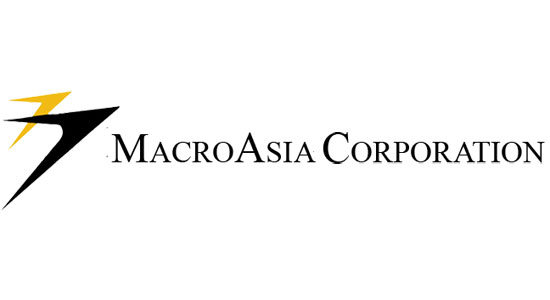
By Arjay L. Balinbin, Senior Reporter
MACROASIA CORP. and its partner Chinese firm are again asking the Cavite government to give them more time to complete the final requirements for the $10-billion Sangley Point International Airport after they missed the deadline, the provincial governor said.
“They are waiting for a two-week extension,” Cavite Gov. Juanito Victor “Jonvic” C. Remulla told BusinessWorld in a phone message on Monday, when asked if the consortium was able to submit the post-qualification documents on Sept. 9.
Lucio C. Tan-led MacroAsia and its partner China Communications Construction Co. Ltd. (CCCC) were given until Sept. 9 to submit the lacking documents in view of the ongoing coronavirus pandemic.
Asked if he is inclined to extend the deadline again, Mr. Remulla said: “I will talk to the Board.”
The Cavite government had initially given the consortium until the second week of June to process and submit the documents before a joint venture development agreement can be signed.
Cavite’s Public-Private Partnership Selection Committee Legal Officer Jesse R. Grepo said on June 15 that the consortium was able to make a partial submission, but it had asked for a 90-day extension to complete the remaining requirements.
The post-qualification documents were supposed to be completed and submitted 60 days after the group received the notice of award on Feb. 14.
The groundbreaking for the first phase of the airport project was initially expected to take place in the second quarter of the year.
The first phase of the project, which will cost $4 billion, includes the construction of the Sangley connector road and bridge to connect the Kawit segment of the Manila-Cavite Expressway to the international airport.
Phase 1 also involves the construction of the airport’s first runway. The airport is rated at 25 million passengers yearly, and is intended to help decongest the Ninoy Aquino International Airport.
The airport is expected to be fully operational by 2023, with partial operations to start a year earlier. The fourth runway will be opened after six years.
The same consortium will work on the other two phases of the project, but there may be contract renegotiations, according to the Cavite government.
The second phase, which will cost about $6 billion, involves the construction of two more runways, giving the airport an annual capacity of 75 million passengers.
The last phase is the expansion to four runways, bringing capacity to 130 million passengers.
